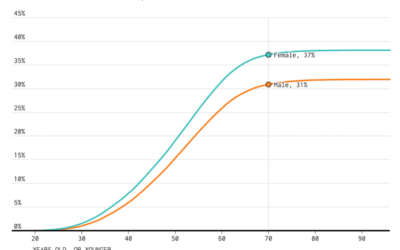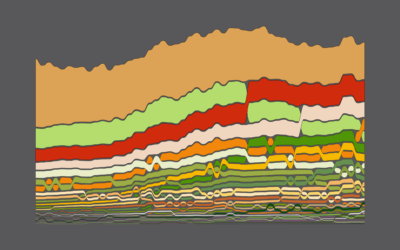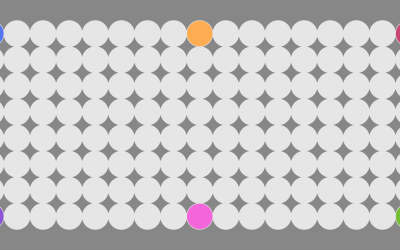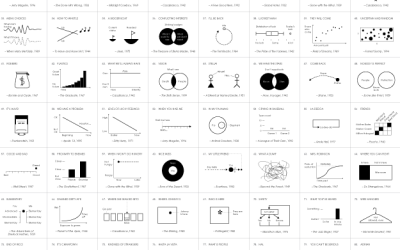What to Call Your Distant Relative
When you have a big family, it’s a challenge to figure out how everyone is related. So here are some charts to help you figure it out.
The most straightforward way to find the common ancestor between you and a relative. Maybe the common ancestor is a grandparent or a great-grandparent.
Then figure out how many generations out you are from the common ancestor. Do the same for the relative. As shown below, you can then figure out what to call each other.
Keep selecting different people, and you’ll probably start to notice repeats and maybe pull out some patterns. Here are the above labels in a grid format that shows what you call your relatives, again based on the common ancestor.

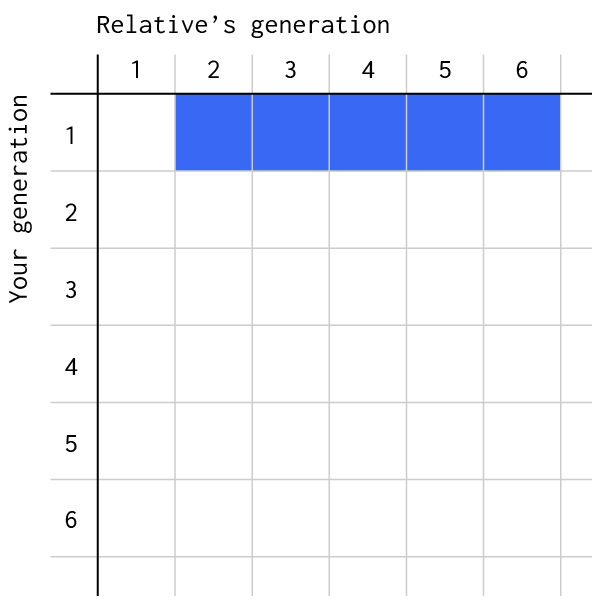
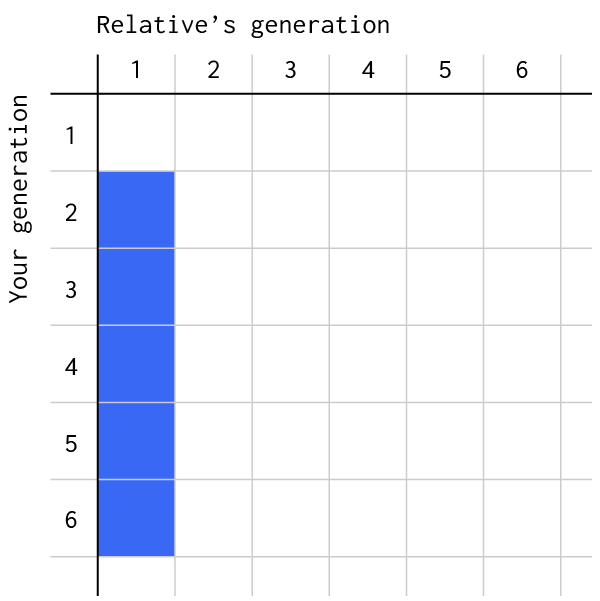
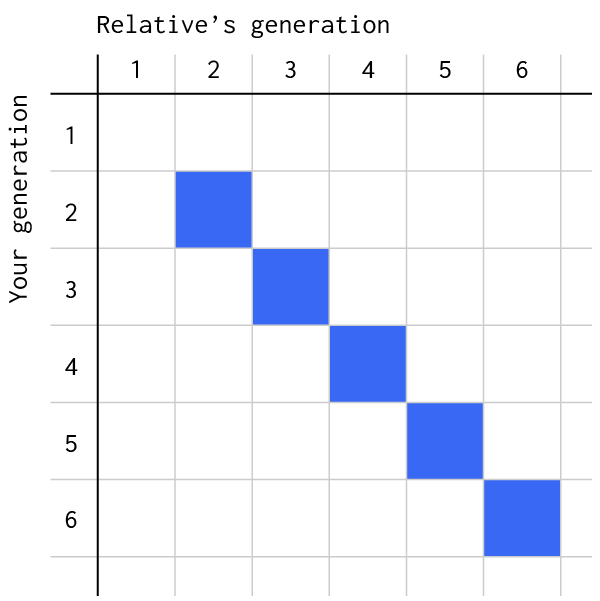
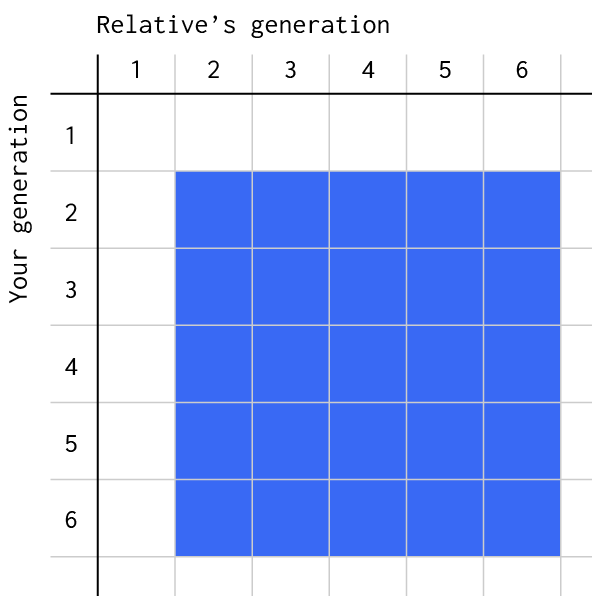
Or, if you don’t want to figure it out, just use the dropdown menus at the beginning. That’s what I’m gonna do.
Become a member. Support an independent site. Get extra visualization goodness.
See What You Get
